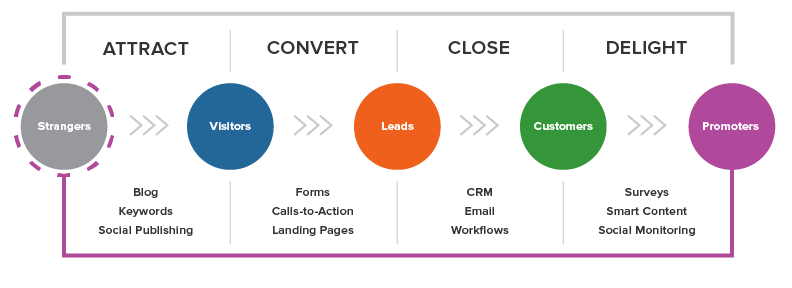Parte I, Parte II, Parte III, Parte IV, Parte V e Parte VI.
Nos últimos dias, cruzei-me com uma reflexão sobre o sector dos ginásios, que vale a pena ler com atenção. Não porque diga algo radicalmente novo, mas porque expõe, de forma quase brutal, um problema estrutural: os ginásios não estão a perder margens por falta de tecnologia, dados ou inteligência artificial. Estão a perdê-las porque continuam presos ao mesmo quadrante.
Recomendo a leitura destes dois postais no LinkedIn antes de continuar.
No essencial, todos vendem exactamente a mesma coisa: acesso. Acesso ao espaço, às máquinas, às aulas, às ferramentas de recuperação. Mudam os logótipos, os layouts e os pacotes comerciais, mas o jogo mantém-se. E quando o jogo é o mesmo para todos, o preço torna-se inevitavelmente o campo de batalha. Quando isso acontece, ninguém ganha.
Este padrão não é exclusivo dos ginásios. É o mesmo mecanismo que tenho vindo a descrever nesta série: Inovar é mudar de quadrante, não só de produto. Vi-o no chocolate, no azeite, no leite, no queijo. Produtos tecnicamente estáveis, cuja matéria-prima pouco muda, mas cujo valor se transforma quando seu significado muda. Não é a tecnologia que cria o salto. É o enquadramento. É o quadrante.
A maioria dos ginásios permanece no Quadrante 1: mesmo produto, mesmo mercado, mesma proposta implícita. Todos acrescentam mais coisas “incluídas” no preço — mais aulas, mais horários, mais equipamentos — numa lógica de mais por menos que é apenas outra forma de dizer "comoditização". O resultado é previsível. O que ontem era premium torna-se standard. O que diferenciava passa a ser indiferente. O que justificava o preço transforma-se em expectativa básica.
Group training, saunas ou ice baths seguiram exactamente esse caminho. Tal como o azeite, quando perde identidade e se torna volume. Tal como o chocolate quando troca cultura por eficiência. O produto pode manter-se, mas o valor esvai-se.
É aqui que entra a ilusão tecnológica. Nunca houve tantos dados, tantos wearables, tantas ferramentas de inteligência artificial. E, no entanto, a maioria dos ginásios continua a operar como em 2015. Não porque a tecnologia falhe, mas porque está a ser usada como acessório, como “add-on”, e não como alavanca para uma mudança estrutural.
Tal como no chamado Quadrante 2 — quando se muda o produto sem mudar a percepção — a inovação torna-se invisível. Adiciona-se uma app, alguns dashboards, relatórios automáticos, mas o cliente continua a comprar exactamente a mesma coisa: acesso. É mudar de roupa no escuro. Talvez seja importante, mas ninguém nota.
A verdadeira mudança de quadrante exige algo bem mais incómodo: deixar de vender acesso e passar a vender resultados. Isso implica um salto. Não é melhor localização, nem mais máquinas, nem mais serviços incluídos. É outra proposta: planos personalizados, nutrição personalizada, acompanhamento contínuo, responsabilidade partilhada, compromisso explícito com resultados.
Aqui, a inteligência artificial deixa de ser um gadget e passa a ser infra-estrutura do modelo de negócio. Não para baixar preços, mas para sustentar valor. Exactamente como no azeite premium: identidade clara, narrativa coerente, educação do cliente, canais certos e uma escolha consciente por menos clientes — mas melhores clientes.
Menos volume. Mais significado.
Curiosamente, esta lógica não é nova. Quem treina com acompanhamento adere mais, confia mais, permanece mais tempo e aceita pagar mais. O valor suplementar não nasce da tecnologia, mas da competência percebida e da confiança construída. O modelo torna-se mais exigente, mas também mais robusto: menos dependente do preço, menos vulnerável à cópia, menos exposto à corrida para o fundo.
Os ginásios são apenas mais um exemplo de um padrão transversal. Quando todos competem no centro, ninguém cria valor. Quando alguém escolhe outro quadrante, cria espaço para margens, identidade e futuro.
Inovar não é ter melhores máquinas.
Não é ter mais dados.
Não é acrescentar inteligência artificial.
Inovar continua a ser, como no azeite ou no chocolate, uma decisão de mudança de quadrante. E isso é, antes de tudo, uma escolha estratégica — não tecnológica.

%2017.50.jpeg)







%2006.21.jpeg)












